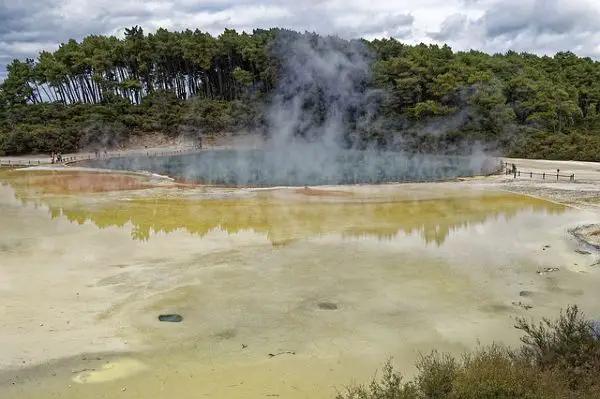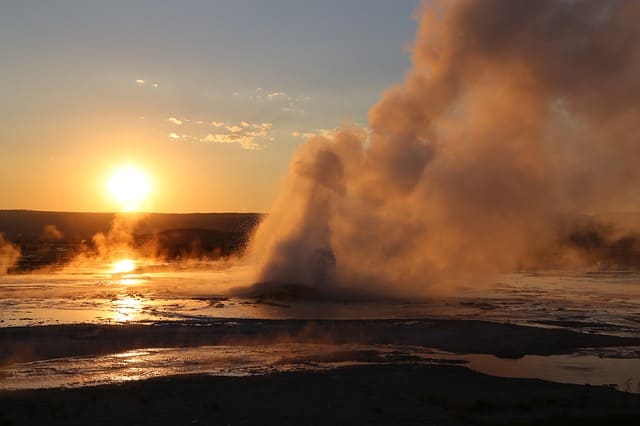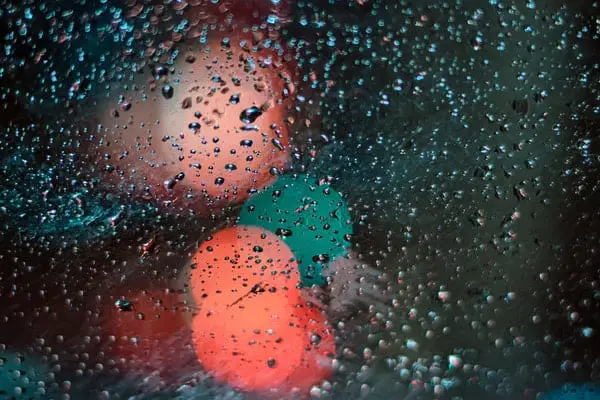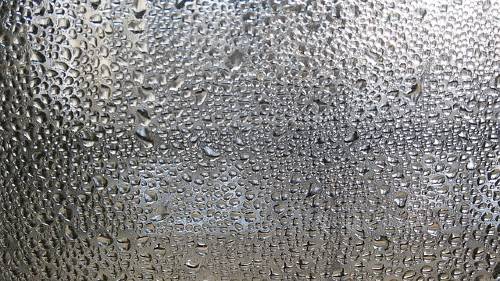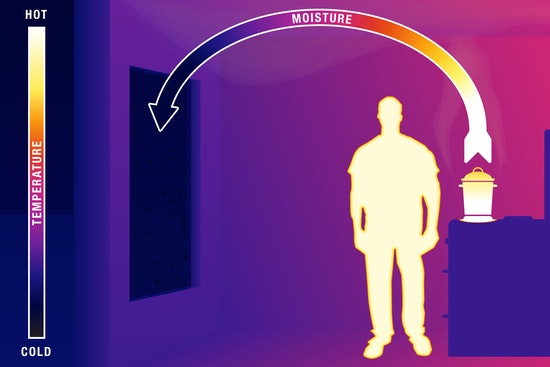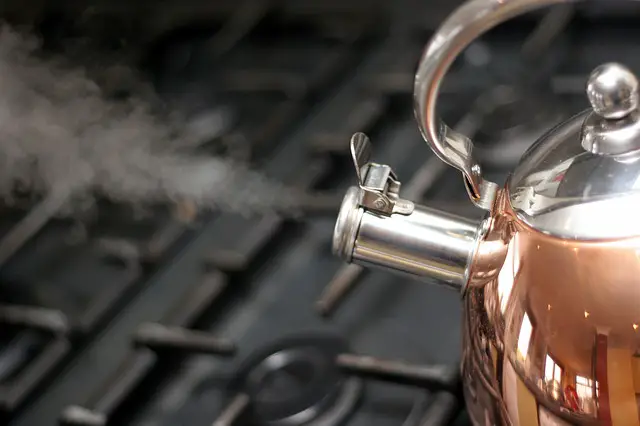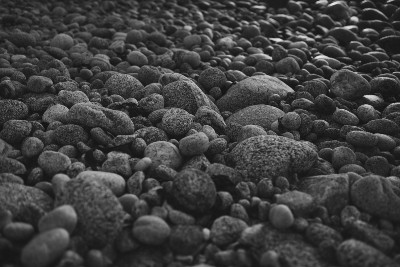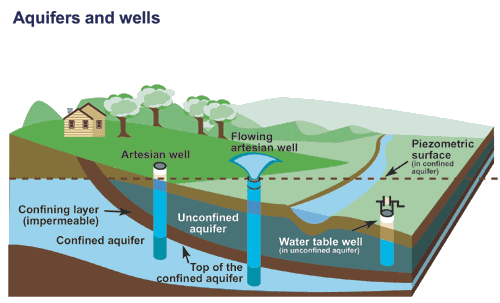
🌱 What is Evapotranspiration? A Complete Learning Guide (2021)

AFRILCATE
WHAT IS EVAPOTRANSPIRATION?
Evapotranspiration (ET) is the sum of evaporation from land surfaces and plant transpiration to the atmosphere.
Evapotranspiration = Land Surface Evaporation + Plant Transpiration
Evaporation and transpiration are water cycle processes and they are the two integral part that makes up evapotranspiration.
Let’s look at these two parts in details.
Evaporation is the phase transition of surface water from water bodies, leaf surfaces, land surfaces to the air as gasses.
It is the primary pathway that aids the movement of water back into the water cycle as atmospheric water vapor and it accounts for 90% of the moisture in the atmosphere.
Transpiration is a process that involves the loss of water vapor from plant tissues like stomata, cuticles or lenticels.
It contributes the remaining 10 percent of the atmospheric moisture.
Transpiration in plants is required for plant growth and development, cooling the leaf surface, cell turgidity and aids the movement of vital minerals.
Evapotranspiration is also an important process of the water cycle.
POTENTIAL EVAPOTRANSPIRATION (PET)
Potential evapotranspiration (PET) is the rate of evapotranspiration from extended surfaces of short green crops that fully shades the ground.
These crops exert little or negligible resistance to the flow of water, and is always well supplied with water.
Potential evapotranspiration is the amount of evapotranspiration that is expected over a surface with no limitation of water.
It is quite different from actual evapotranspiration which is the amount of evapotranspiration that actually occurs when water is limited.
FACTORS AFFECTING EVAPOTRANSPIRATION
They are so many factors affecting evapotranspiration and they are grouped into three categories:
- Climatic factors
- Crop factors
- Crop management and environmental conditions.
- CLIMATIC FACTORS
Climatic factors that affect evapotranspiration includes:
- Radiation – This is the main source of energy for the evapotranspiration process.
It depends on the global solar radiation flux density and vegetation
- Temperature – An increase in temperature will lead to a corresponding increase in evapotranspiration rate.
Temperature increases the evaporation rate because the added heat increases the kinetic energy of the water molecules.
The transpiration rate increases also because at warmer temperatures, plants open up their stomata and release more water vapor.
- Relative Humidity– The higher the relative humidity, the lesser the evapotranspiration rate and vice-versa.
- Wind speed – If air is moving, not only will the evaporation rate increase, but because saturated air around the leaves is blown away, the transpiration rate will increase as well.
2. CROP FACTORS
-
- Crop species – different crops have varying stomata distribution, sizes, internal resistance to water transport and spatial distribution of leaves.
Some plants, like cacti and other succulents, naturally hold onto their water and don’t transpire as much.
These independent properties have a direct effect on evapotranspiration.
-
- Plant height – Taller plants extract more energy from the air and interact more efficiently with the atmosphere therefore increasing evapotranspiration.
- Leaf area index (LAI) – LAI in different growth stages of a plant is directly related to the size of the transpiring foliar surface.
- The larger the leaf area, the larger the transpiring surface and the higher the potential for water use.
3. CROP MANAGEMENT AND ENVIRONMENTAL CONDITIONS
-
The following crop management and environmental conditions influences crop ET:
- Soil properties (structure and texture): The soil properties determines the soil holding capability of the soil.
It also determines the easy at which water is drawn out of crops through transpiration pull and evaporation.
For areas where the ground is covered by vegetation, the rate of transpiration is considerably higher than the rate of evaporation from the soil.
- Crop orientation: crop oriented perpendicularly to predominant winds tend to extract more energy from the air than those oriented in parallel.
- Plant spacing: to avoid competition for water, light, nutrient, etc. plants should be spaced properly. Optimum plant spacing boosts evapotranspiration.
EVAPOTRANSPIRATION AND AGRICULTURE
Evapotranspiration accounts for most of the water lost from the soil during the growth of a crop.
You can estimate the water demands of various crops if only you can predict evapotranspiration rates.
This prediction will help you determine whether to irrigate or not.

Knowledge of predicted temperature and wind conditions from weather forecasts can give you a clue to how strong the evapotranspiration rates will be.
Numerous approaches are available for evapotranspiration estimation.
They include:
- water balance methods
- energy balance methods, and
- aerodynamic formulations (Brutsaert, 2005).
Estimation of evapotranspiration rates is thus important in planning irrigation schemes.
DO YOU KNOW?
An element such as a tree that contributes to evapotranspiration is called an evapotranspirator.
DO YOU KNOW?
An element such as a tree that contributes to evapotranspiration is called an evapotranspirator.




